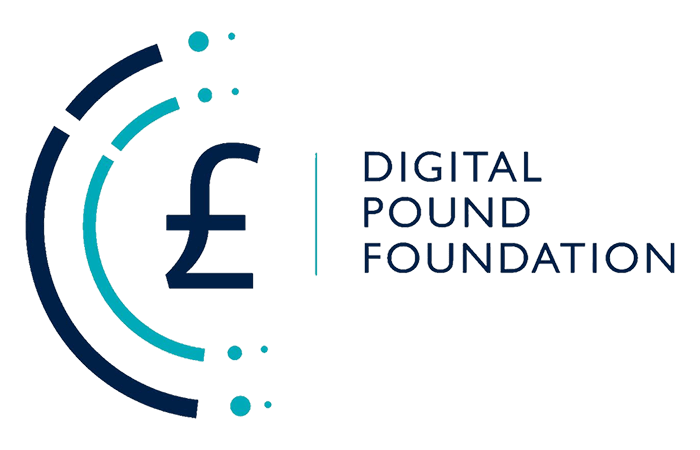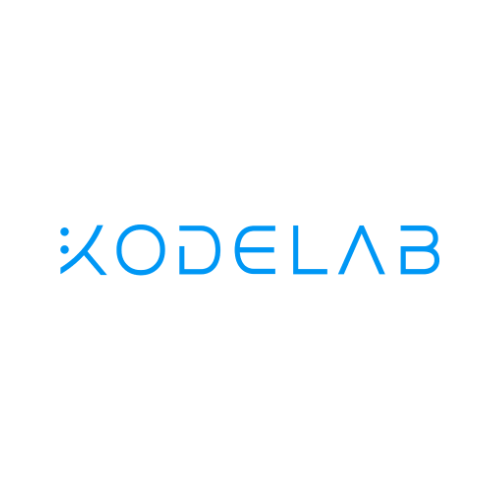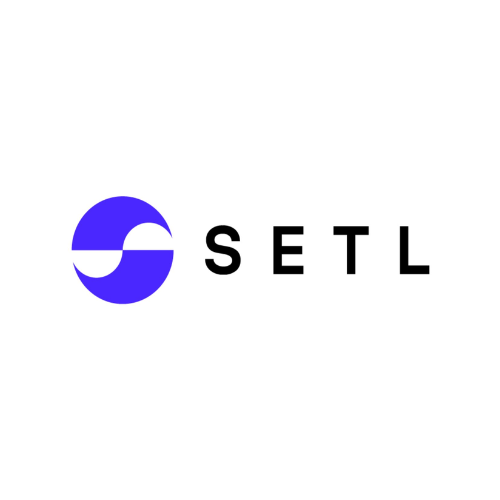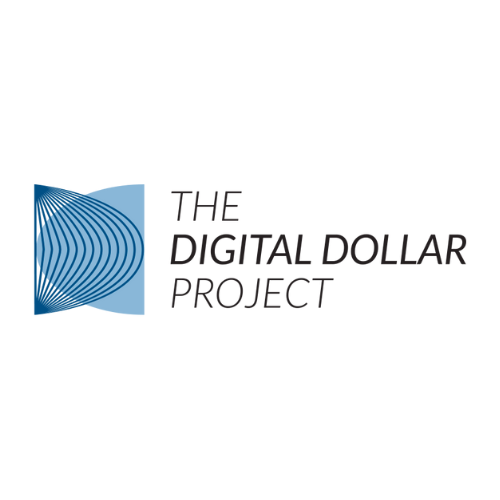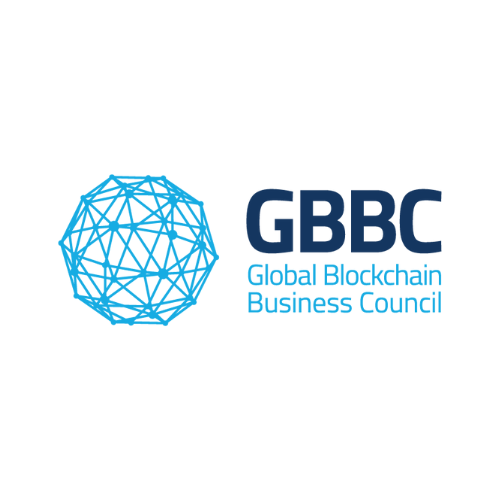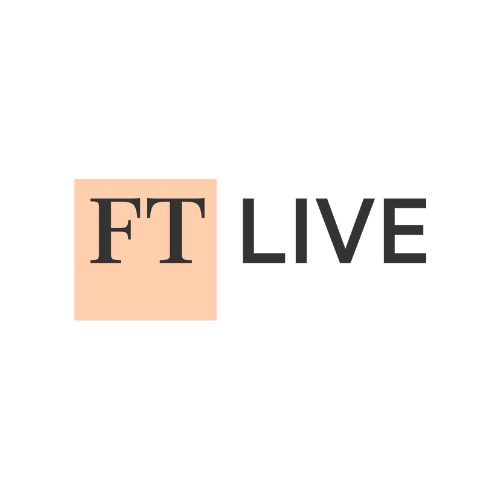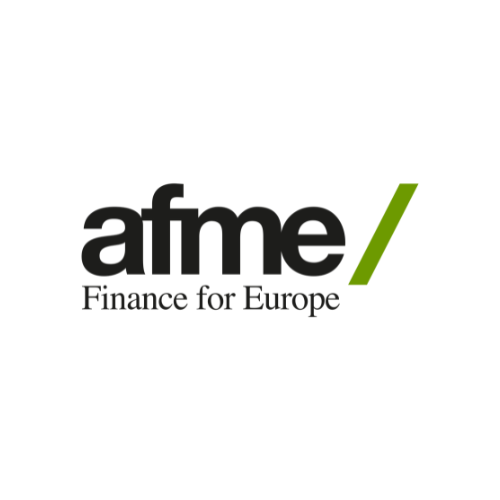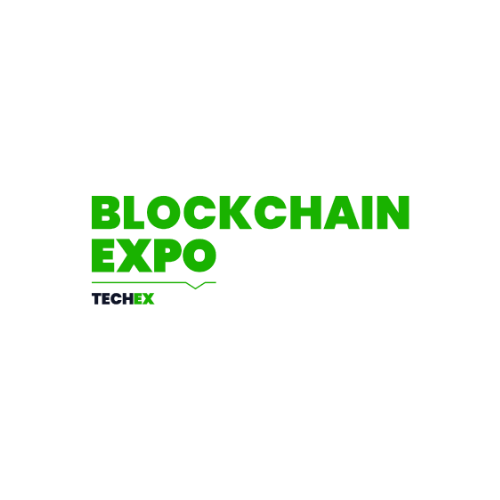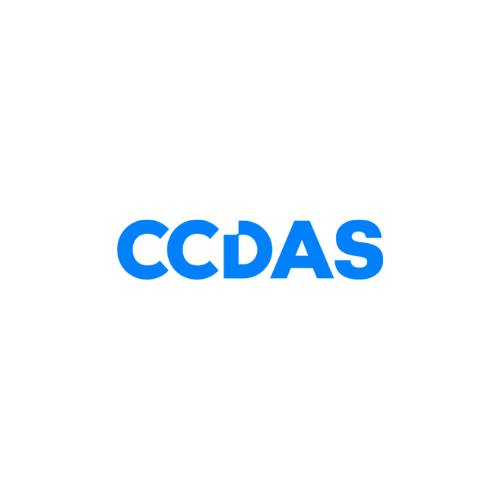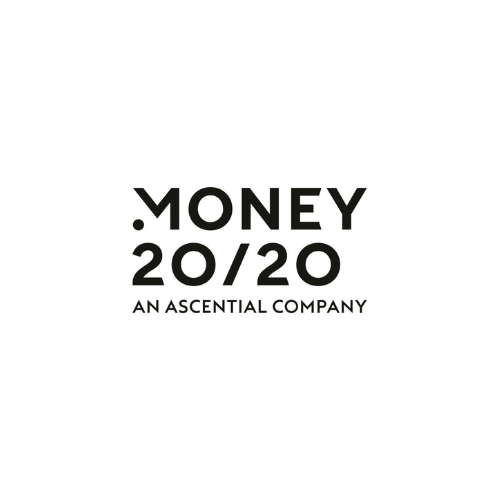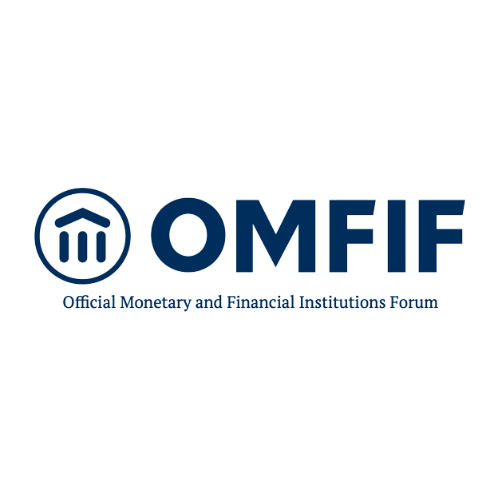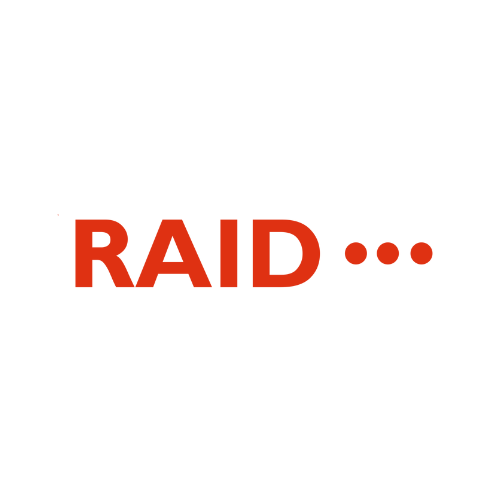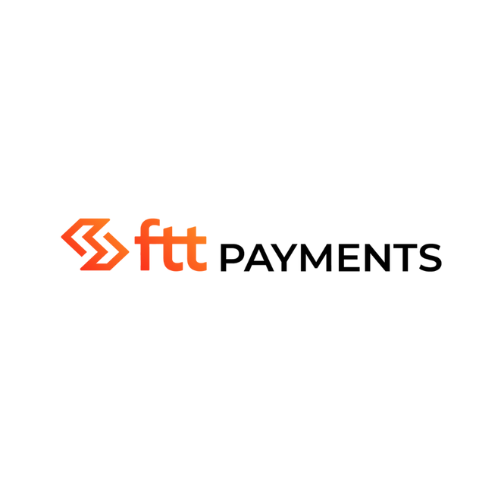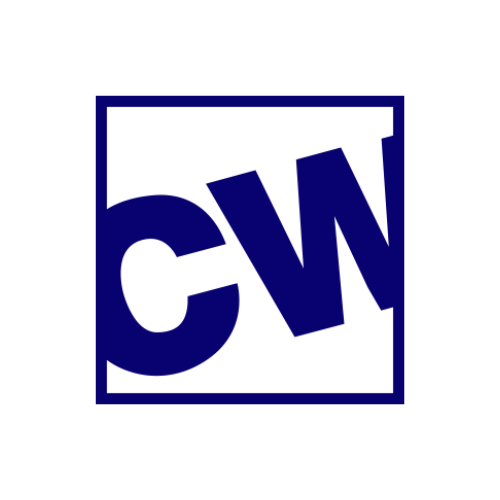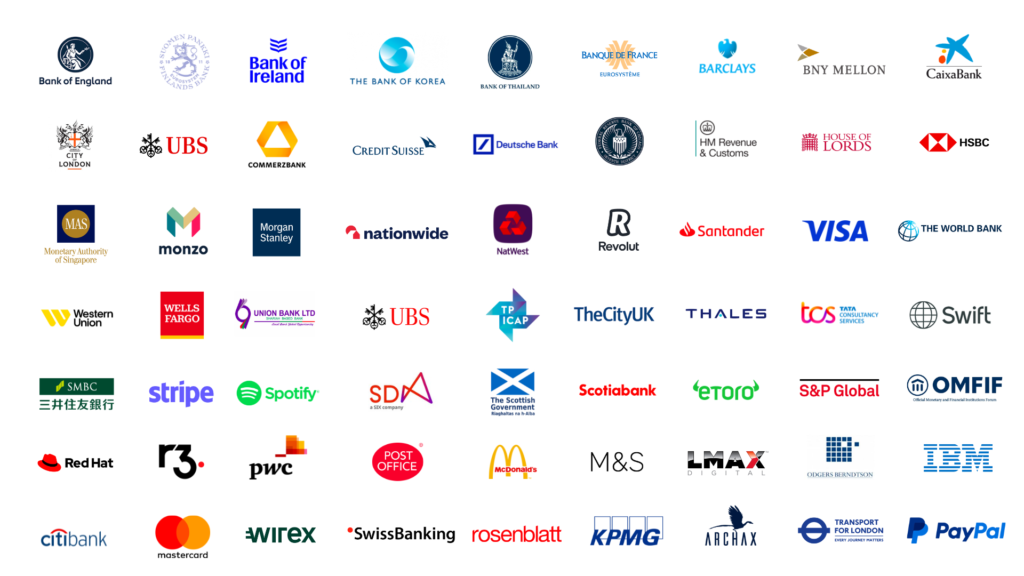Testimony of Dr. Emin Gün Sirer, Founder & CEO, AvaLabs, Inc. before the United States House of Representatives, House Financial Services Committee.
Chairman McHenry, Ranking Member Waters, and Members of the Committee,
It is an honor to be here with you today. I thank you for the opportunity to appear before you as a computer scientist to discuss blockchain technology, its innovative uses, why it is impactful to the economy, and how to understand the use cases that blockchain will support. With an understanding of these key concepts, it is possible to develop sensible regulatory frameworks and ensure the technology will thrive in the United States.
There have been several testimonies before this Committee regarding blockchain, but they have been primarily provided by lawyers and business people. To that end, I hope this testimony will provide a helpful overview of blockchain and tokenization from a technology and computer science perspective. I will focus on blockchain’s ability to transform society by making digital services more efficient, reliable and accessible to all.
The collective goal is that the United States should seek to enable the free, safe, and responsible proliferation of blockchain technologies and their many applications so that, as a country, the United States and its citizens can benefit greatly from the economic growth that blockchain technologies will enable.
My Background
I am the founder and CEO of Ava Labs, a software company founded in 2018 that is headquartered in Brooklyn, New York, whose mission is to digitize the world’s assets. Ava Labs is a software company that builds and helps implement technologies on the Avalanche public blockchain and other blockchain ecosystems. We have developed some of the most significant recent technological innovations in blockchain, including the biggest breakthrough in consensus protocols following Bitcoin. Before founding Ava Labs, I was a professor of computer science at Cornell for almost 20 years, advancing the science of blockchains with a focus on improving their scalability, performance, and security. During that time, I consulted with various U.S. government agencies and departments on a range of topics. I have made fundamental contributions to several areas of computer science, including distributed systems, operating systems, and networking, with dozens of peer-reviewed articles (among other things, I am one of the most cited authors in the blockchain space after Satoshi Nakamoto). I hold a National Science Foundation CAREER award and previously served on the DARPA ISAT Committee. I serve as a member of the Commodity Futures Trading Commission’s Technology Advisory Committee. But I am perhaps most proud of having helped write a parody of the blockchain space with John Oliver.
The Big Picture
We are living through a period of unprecedented technological progress and transformation. The computer revolution set this trend in motion, initially with mainframes and later with personal computers. However, these early systems were limited by their “stand-alone architecture,” capable only of processing local data and executing local computations. Although they made existing tasks more efficient, they failed to create a multiplier effect due to their lack of network connectivity.
The emergence of the internet and, subsequently, world wide web marked a pivotal shift from isolated, local computing to global-scale computing. Architecturally, we transitioned from standalone computers to a “client-server architecture,” which enabled us to connect to remote services operated by others to leverage their programs and capabilities. This new paradigm gave rise to digital services that catered to the entire world, created millions of jobs, and solidified the U.S.’s position as a global economic leader.
Blockchains represent the next phase in the evolution of networked computer systems. Whereas the client-server systems that power the web today rely on point-to-point technologies to connect clients to servers, blockchains facilitate many-to-many communication over a shared ledger. This allows multiple computers to collaborate, achieve consensus, and act in unison. Blockchain technologies allow us to build shared services in the network. In turn, this enables the development of unique, secure digital assets, more efficient financial services systems, tamper-proof supply chain tracking, digital identity solutions, and transparent voting systems, among many other innovative applications. By harnessing the power of blockchain technology and the digital uniqueness it allows us to create, we can redefine trust, ownership, commerce, recreation, and communications, ultimately transforming how we interact with digital systems and each other.
The implications of this breakthrough are far-reaching. Blockchain technology allows us to create systems that reduce costs, increase efficiencies, and gain more control over our digital lives and the virtual world. Additionally, we can establish new kinds of marketplaces, novel digital goods, and services that empower individuals and communities to foster economic growth and social impact.
The advancements from blockchain technology will result in leaps forward, just like the internet itself, because they will improve the internet itself. This technology creates a new kind of public good, namely, a shared ledger that can be purposed for a wide range of applications. As we enter the era of customizable blockchains and smart contracts, the fine-tuning of this software will further enhance and improve what the technology delivers today while empowering compliance with relevant regulations.
Blockchains and Smart Contracts: Impact Across Applications
Blockchains solve a long-standing challenge in computer science: enabling a diverse set of computers worldwide to reach consensus (agreement) on a piece of data and the larger dataset to which it belongs. While it may appear obscure at first glance, this is a crucial building block for solving complex problems that traditional internet systems struggle to address, such as creating digitally unique assets, tracking their ownership, and safely executing business and other processes. In doing so, this technology does not have to rely on humans or intermediaries for its security properties; in fact, it typically provides strong integrity guarantees even in the presence of (partial) system failures.
Let me be clear: this ability to leverage distributed or decentralized networks is a desirable goal for many reasons that have nothing to do with securities laws, financial services regulation, or the laws and rules governing other areas of commerce, recreation, and communications. Distributed networks are more resilient, secure, auditable, and available for builders. Blockchain builders did not set out to develop the technology to evade laws and rules. We set out to solve computer science problems.
The potential applications for blockchain technology are vast and varied in contrast to the client-server model where many functions are expensive or impossible. Below, I will discuss just some of the key applications and innovations blockchains enable.
Blockchains are evolving rapidly
Blockchain technology has evolved rapidly in the 14 years since Satoshi Nakamoto introduced Bitcoin to the world.
The Bitcoin blockchain pioneered a consensus mechanism – the way that the data is agreed upon by participating computers – popularly and inaccurately known as “proof-of-work.” Bitcoin has demonstrated to the world that public, permissionless blockchains are possible. The topic of consensus was known in computer science literature as “byzantine fault tolerance” and research into creating such systems had been funded by the National Science Foundation and DARPA, and involved hundreds of academics, myself included, for multiple decades. Bitcoin solved the problem and proved to the world that this technology could create and maintain a digital asset, as well as establish and transfer ownership over it. Bitcoin has remained up and accessible, even as it weathered numerous attacks throughout its 14 years, without a central authority or controller maintaining its health. In contrast, even the best client-server services built by Microsoft, Google, Amazon, and Facebook have experienced numerous outages during the same timeframe.
Computer scientists did not stop there. Subsequent blockchain technologies have expanded this core functionality. Most notably, Ethereum introduced the concept of smart contracts, self-executing programs encoded on blockchains. Smart contracts can facilitate all manner of applications, including currently popular ones like peer-to-peer lending, social networks, digital collectibles such as NFTs and gaming skins, and the tokenization of real-world (traditional) assets on a single chain governed by a uniform set of rules.
The latest breakthrough in blockchain architecture is known as multichain blockchains. In these systems, developers can create chains with custom rule sets, execution environments, and governance regimes tailored to their needs. Not only does this level of customization unlock use cases previously not possible on blockchains with single rule sets, but it also isolates traffic and data into environments purpose-built for a task or application. Examples of these systems include Avalanche and Cosmos, which enable the creation of specialized blockchains, sometimes referred to as subnets or app-chains, that can be compliant by design.
For instance, SK Planet, a company in South Korea, recently created a specialized blockchain on Avalanche that onboarded more than 58,000 fully identified customers in its first few days. Additionally, Ava Labs is working with Wall Street firms to create a specialized institutional blockchain. With a multichain architecture, operators have complete control over who can access the chain, who secures it, what token, if any, is used for transaction fees, and more.
There is a general trend here. Blockchain technology is evolving rapidly and naturally progressing towards making itself more flexible and secure. In other words, it has been through code that many challenging issues have already been addressed.
The lesson from these developments is clear: Policymakers should enunciate clear objectives based on the particular implementation of the technology (that is, the activity it is used for), while leaving the mechanisms of achieving those objectives up to experts to determine. Because we can customize blockchain implementations, it is easier than ever to regulate the implementation rather than the technology, and achieve neutrality of regulation.
Regulation in The Token World
Blockchains are technologies that allow us to build resilient and fault-tolerant applications. They are, in effect, openly programmable platforms that their users can interact with as if they are a public commons. This powerful construct naturally gives rise to many different kinds of applications and, consequently, tokenization, the creation of digital representations of bundles of rights, assets, and other things.
All tokens are not equivalent in their implementation or function – they must be treated differently according to their essential nature. Tokens cannot simply be lumped together under a single set of regulations because they vary so widely in function and features. A good analogy is paper; we regulate the bundle of rights, assets, or things created by the words, numbers and pictures on the page.
Types of tokens include but are not limited to:
- A real-world asset: A token can be the direct or indirect representation of a traditional asset. For example, one could tokenize land ownership such that each token corresponds to a uniquely identifiable piece of land. In many cases, real-world assets are already regulated, and their digitization into a blockchain format should not necessitate wholesale new regulation.
- A virtual item: A token can represent a piece of digital art, a collectible, a gaming skin, and more. These can be varied in function and form as well. They can range from simple non-programmable pictures, a common use of NFTs, to complex assets, some used in games, that can encode all sorts of functions and features of the asset directly inside the asset itself.
- Pay-for-use: Public blockchains constitute shared computing resources that must be allocated efficiently. A token is the perfect mechanism to meter resource consumption and prioritize important activities. Such tokens are sometimes known as “gas tokens.” For example, BTC is the gas token of the Bitcoin blockchain, ETH for Ethereum, AVAX for Avalanche, and so on. Without gas or transaction costs, a single user or small group of users could potentially overwhelm the blockchain, similar to a denial of service attack, making the blockchain unusable.
The list above covers expansive categories, but remains just a snapshot of what is happening and what is possible. I encourage you to review our Owl Explains educational initiative for more information. As a matter of first principles, the determination of the regulatory regime must start and end with the functionality and features of the token, not the technology used to create it. At Ava Labs, we call this sensible token classification.
Let me be clear again: Tokenization was not created to evade laws. It is the natural product of blockchain technology and an improvement that blockchains offer over traditional systems, just like computer databases were an improvement over paper filing cabinets.
In addition to sensible token classification, regulations that pertain to tokens must be devised in a manner that can be enforced at a layer that has access to the necessary information for enforcement. In the same way that we do not expect internet routers to check the verity of content sent on social media applications, we cannot impose a regulatory burden on technology layers that are unaware of the content or operations carried out on-chain. The platforms already provide features, such as lockups and transfer restrictions, that can assist in coding these limitations.
Enhancing Market Efficiency, Transparency, and Oversight
Blockchains and smart contracts can be the foundation of a more transparent and efficient financial system that enables all participants to share a level playing field. This includes regulators, who can have greater visibility than ever before into the actions and activities of all market participants. Privacy remains an important component of any system. Developing these new ways of providing and regulating financial services should incorporate personal privacy. These improvements can only come with the support and collaboration of regulators and policymakers by providing sensible laws and regulations that allow for the responsible growth of the technologies.
How has this played out in the wild? A perfect example is the trustworthiness of exchanges.
Last year saw the failure of several crypto-asset exchanges, most notably FTX. Make no mistake: these failures were not failures of blockchain technology. They were failures of traditional custodians who were supposed to secure user deposits. Not a single major decentralized exchange was affected by a similar failure. Blockchain technology is purpose-built to eliminate this reliance on centralized intermediaries, who can jeopardize user funds, market integrity, and other desired features of a well-functioning system.
In addition to on-chain custody and transacting, a more recent breakthrough known as enclaves enables new marketplaces where code severely constrains what even the owner and operator of the marketplace can do. This innovation can rule out unwanted behaviors like front-running, stop-loss hunting, and breaches of privacy that challenge market integrity. Ava Labs’s own Enclave Markets is at the forefront of this innovation, which we call fully encrypted exchanges.
Another example that points up the benefits of engaging in activities on-chain as opposed to with centralized parties comes in the lending context. Last year saw major failures of lenders and borrowers who conducted their activities off-chain, while the major on-chain lending platforms weathered the stormy markets mostly unscathed. These protocols adeptly navigated liquidations and collateral calls in rapidly falling markets, due to their reliance on over-collateralization and automated systems.
While there is no panacea, the evidence so far points to the success of decentralized networks in managing stress conditions much better than centralized counterparties. These results are in line with what blockchain design predicts.
Stablecoins as the Digital Gateway for the U.S. Dollar
Stablecoins, which are predominantly denominated in United States Dollars, are expanding globally because they are a superior way of holding dollars. Stablecoins not only enhance the user experience—by increasing the velocity of capital and reducing the cost of transferring it—but also cater to a growing demand for stablecoin dollars among those facing economic uncertainty and hyperinflation in their local economies.
By transforming the dollar’s capacity to retain value into an accessible product outside the U.S., stablecoins help individuals protect their life savings from fluctuations in the value of their local currencies and from being stolen by criminals and other rogue actors.
This potential can be realized with appropriate regulation, which allows for the responsible growth of stablecoins through new technologies and configurations.
Blockchains Can Accelerate Recoveries from Climate Disasters with Insurance
Consider the emerging property insurance crisis catalyzed by more frequent and extreme climate events. State Farm, the largest property insurer in California, announced it will no longer provide insurance due to the risk of wildfires. Insurers in Texas, Florida, Colorado, and Louisiana have felt the same pressure to stop provisioning insurance, increase rates, or find backstops for insolvency.
Who will communities in these states, and in the U.S. as a whole, rely on to insure their homes and economic futures? If the industry consolidates as bankruptcies hit smaller regional insurers, how will that risk be managed?
Using smart contracts and the Avalanche network, Lemonade Foundation is now providing insurance to more than 7,000 farmers who previously only had access to products with unaffordable premiums or delays in payout that had lasting, multi-season impacts. These premiums were not economically feasible for the organization due to the manually-intensive processes now condensed into a single smart contract.
As another example, in 2019, the U.S. government completed the accounting for Hurricane Katrina disbursements, a full 14 years after its catastrophic impact in 2005. The delays stemmed partly from the difficulty of achieving agreement among the many stakeholders participating in this process.
In 2012, Superstorm Sandy damaged almost half a million homes and incurred roughly $50B in damages. The same gaps in insurance payouts stifled urgent recovery efforts across the East Coast. Families who had paid their premiums for years were given pennies on the dollar to rebuild their lives. By the time their lawsuits led to action and more financial payouts, the damage had been done, and scars set on these communities.
Blockchain-based distributed ledgers can significantly streamline such processes, and our company is collaborating with Deloitte under a FEMA contract to develop and implement this technology.
Supply Chain and Fighting Counterfeiting
Global supply chains are facing challenges relating to the expedited demand for goods and pandemic-driven strains, including our most security-critical infrastructure. When supply chain problems hit, they can be especially problematic, and when there is fraud, the problems are exacerbated. Blockchains and smart contracts can help secure and validate supply chains for various global sectors.
Blockchains can perform supply-chain management to provide a reliable and transparent record of a product’s origin and authenticity. The Tracr platform from De Beers has shown how to accomplish this for diamonds, while other deployments have addressed fields ranging from luxury goods to concert tickets. Blockchains can be vital tools to fight the counterfeiting of medical supplies, pharmaceuticals, food products, and consumer technologies that directly affect our communities and your constituents.
Upcoming Technological Improvements
While there have been highly-publicized exploits of smart contracts, the space has significantly matured since its early days, and new technologies stand poised to improve the safety of on-chain assets and applications.
The potential risks relating to smart contract-based systems have centered around flaws in implementation, such as poor coding and negligence in following best practices, rather than fundamental issues inherent to smart contracts or blockchain technology. Just as the internet software stacks were weak in the 1990s, smart contract programming tools are in their infancy.
The space has rapidly evolved to use code audits and other techniques to certify that smart contracts uphold safety standards, giving rise to a burgeoning field of software threat analysis, certification, and verification services. In addition, we are seeing the emergence of automated tools for program verification and model checking to help find bugs that human eyes cannot easily locate. These techniques operate even before programs are deployed to root out bugs before they can affect anyone.
Finally, there are new mechanisms, such as run-time integrity checks, smart contract escape hatches, and automated limits on money flows that operate in real-time to help contain the effects of any unintended errors that might pass through to production.
Systems that have employed best practices, such as lending platforms and well-designed bridges, such as the ones Ava Labs has built, have seen billions of dollars pass through their contracts without compromise.
Given my background in academia and research, I am confident that the space will develop even stronger techniques for ensuring the correctness of smart contract software. One of the spillover effects of this activity will be better integrity and safety for all software, including software not related to blockchains.
Technological Competitiveness and Risk of Inaction
As we stand at the precipice of this new era, it is imperative that we nurture and support the development of this revolutionary technology. By doing so, we can unlock its full potential and ensure that the United States remains at the forefront of innovation, propelling the next generation of internet technologies and ushering in great economic growth.
Responsible actors in the blockchain space want sensible laws and regulations that incentivize growth and good behavior, punish bad actors, and elevate the users of blockchain networks. The community stands ready to provide guidance to policymakers to achieve those aims. However, without sensible frameworks and collaboration, there is a clear path to losing technological leadership to other countries.
The United States won the first wave of the internet revolution precisely because it enabled responsible freedom to innovate. The United States must follow the same path of enabling free but responsible growth of blockchain technology while carefully and intelligently classifying and regulating blockchain applications and tokens. Otherwise, there are two critical paths of failure for any regulatory framework.
First, the blockchain platforms themselves become regulated at the protocol layer. This would be the equivalent of regulating internet protocols, which would have doomed information technology and the vibrant internet we have today. Second, the tokens and smart contracts created with blockchains are lumped into homogenous and incompatible categories. This would be the equivalent of regulating a social media application like we regulate a consumer health care application. Instead, tokens and smart contracts must be analyzed case-by-case and regulated carefully based on their function and features.
As we move towards a more digitally-native world, aided by AI, virtual reality, and a work-from-home society, we will have to rely increasingly on digitally-native transfer and programmability of value. Blockchains are the clear technological answer to these needs and are definitively synergistic with the global economy. The addressable market for digitizing the world’s assets and transferring value safely across the internet is greater than the sum of all the value of all existing assets. Failure to see the power of blockchain technology – whether due to a lack of understanding or misplaced fears of the technology – will have disastrous consequences. Failure to rapidly provide sensible regulatory frameworks will not only undermine economic growth but also make it easier for bad actors to conduct illicit activities.
Finally, it is essential to remember that just as there are good people committed to public service, there are also good people committed to building technologies to improve lives. By working together, we can lay the foundation for trustworthy, efficient, and self-enforcing systems that serve as the foundation for our modern economy.
